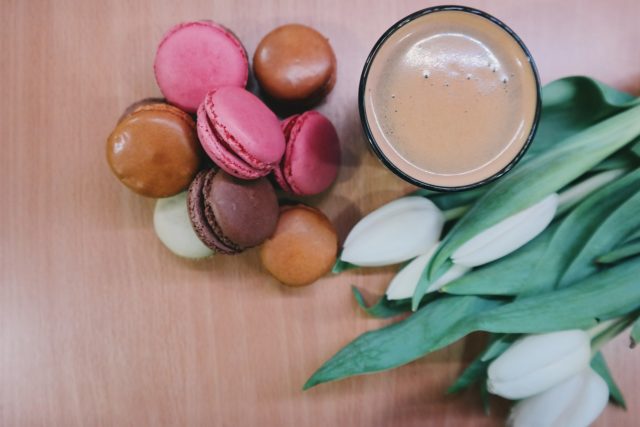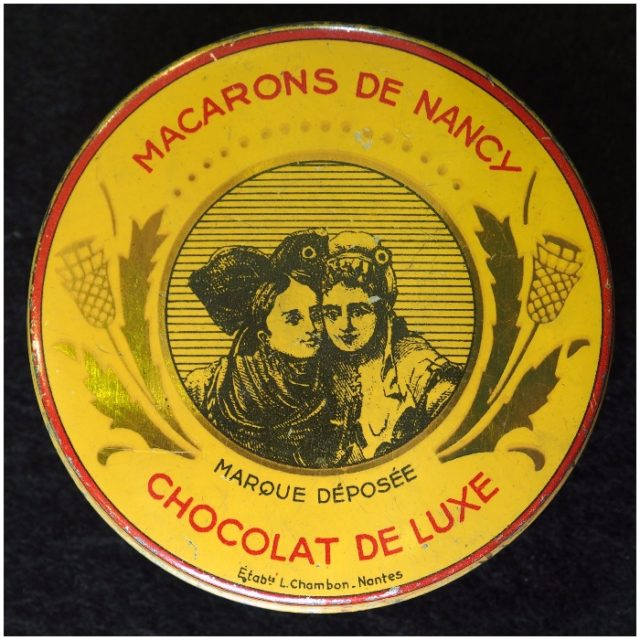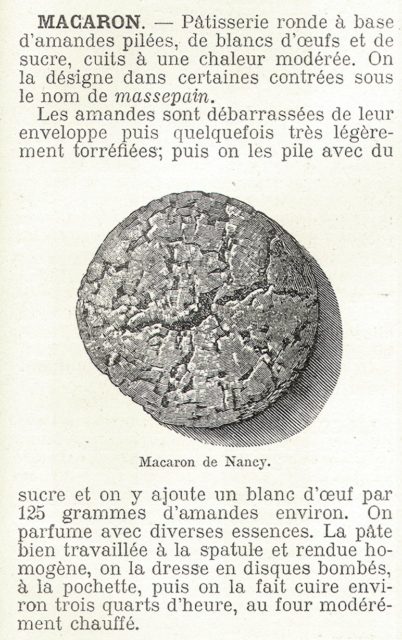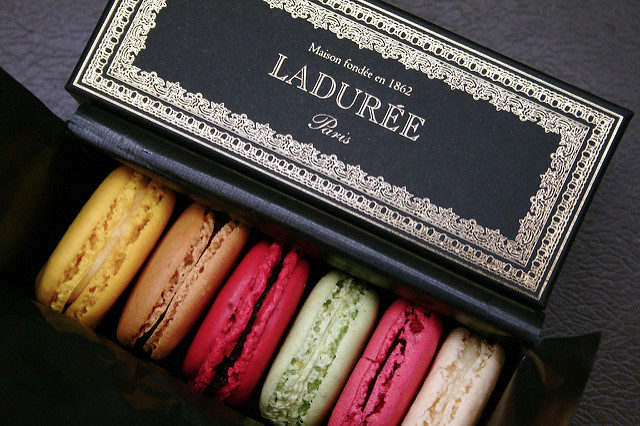Among all the cakes, ice creams, pies, puddings, pastries, and various types of cookies, there is almost none that can rival the delight of a perfectly prepared macaron.
Some might be familiar with this type of dessert–deriving from French, Swiss, and Italian cuisine and traditionally made in the form of two almond cookies and ganache, buttercream or jam filling sandwiched between them–but few might be aware that macarons originate in Venetian monasteries in the 8th century A.D. and, most important of all, they were popularized by two nuns caught in the mayhem of the French Revolution 10 centuries later.
Catherine de’Medici did her part in making them popular in 1533 when she brought the recipe with her when she left Italy to marry the French prince who would become Henry II.
Although the French take credit for the macaron, it was Catherine de’Medici who would order her Italian pastry chefs to make them for the elite of the Valois court. Back then they were nothing like today’s extravagance but a small sweet made of almonds, egg white, and sugar, and called, rather unappetizingly, “priest’s bellybuttons.”

The earliest published macaron recipe dates from 17th century France. Because they are not easy to make, and can easily end up misshapen in the preparation, many recipes enriched with additional instructions soon appeared. And ever since, more recipes popped up.
Years later, in 1792, two Carmelite nuns of Les Dames du Saint Sacrement’s Convent, seeking refuge during the French Revolution, found a safe haven in downtown Nantes at the home of Dr. Gormand, the physician of the convent.

Marguerite and Marie-Elisabeth were accustomed to preparing various types of pastries, so to thank him for his kindness, and earn some sort of living, they began to bake the “priest’s bellybuttons,” among other things they knew.
The sisters became famous, and people started referring them as “Macarons de Nancy” or “Macarons des Soeurs Macarons” (Macaroons Sisters’ Macarons). The original recipe of the Macaroon Sisters has been kept secret for generations, up until this day.

In those early stages, macarons were not yet produced with special flavors or fillings and were still far from what we nibble today. All that changed three decades later, when in 1830 the French bakery Ladurée run by Louis-Ernest Ladurée served them as two almond meringue discs, spiced with jams, liqueurs, and a ganache filling layered in between. He labeled them as the “Paris macaron” and as such were sold to people in various colors and an abundance of flavors, from the traditional salted caramel to lavender and honey, to apricot and orange blossom.

From then on, the cookie underwent a constant process of reinvention of shapes, flavors, and colors, and from the 21st century onward they’ve spread all across the world. Sofia Coppola’s film Marie Antoinette in 2006 helped in the process, using them marvelously in a particular scene where the queen is surrounded by delicious pyramids of multicolored macarons. The macarons in the scene were provided by “Ladurée.”
Nowadays the macaron has a special day of the year dedicated to it. It was introduced in 2005 by another famous French baker, Pierre Hermé. March 20th is now celebrated throughout the world, a day when macaron shops offer free samples to people passing by. Which proves the fact that some days are sweeter than others.
